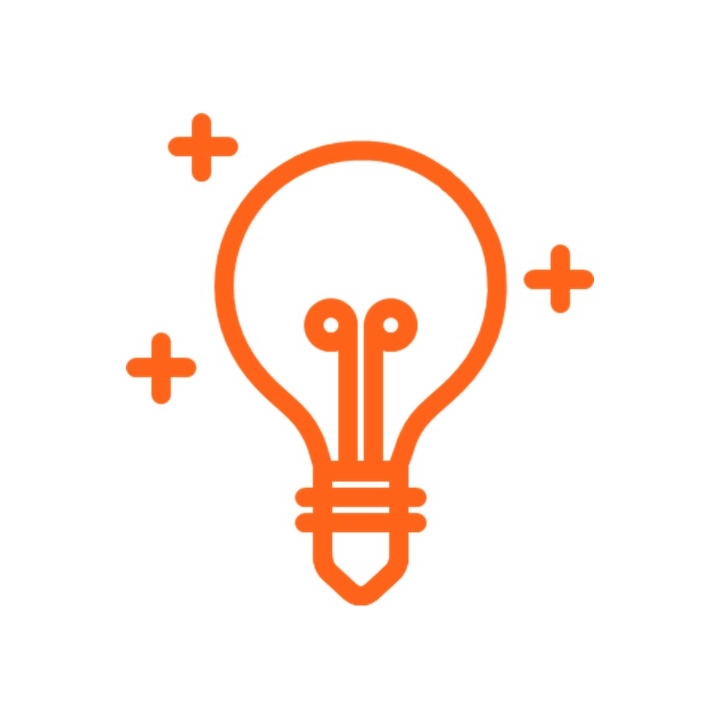How to borrow from your RRSP to buy a home
Many home buyers have heard that you can withdraw (or borrow) money from your Registered Retirement Savings Plan (RRSP) to use toward their down payment without paying taxes. While this is true there are conditions. It's not really a withdrawal because you have to repay it over a fixed period of time. This strategy falls under what Canada Revenue Agency (CRA) calls the Home Buyers Plan (HBP).
This article will answer:
What are the eligibility conditions for the HBP?
How much can I withdraw from my RRSP?
How do I withdraw the money from RRSP?
How soon do I need to repay my RRSP?
What is the best strategy for using and repaying RRSP savings?
What are the eligibility conditions?
For the purposes of HBP, you have to meet the following criteria in order to be able to take money out of your RRSP:
You have not withdrawn money from your RRSP in the past 4 years for the purposes of buying a home. If this is the case, you are considered a first- time buyer by CRA.
You have a signed purchase and sale agreement to buy a home.
You intend to live in the home as your principal residence within one year of buying it.
The money must have been in your RRSP for a minimum of 90 days.
More than one person participating in the purchase of the property can be eligible. If 4 people are partnering to buy a home they could each qualify to withdraw the maximum amount from each of their RRSPs.
How much can I withdraw from my RRSP?
Each person participating in the purchase of a home can withdraw $25,000 from their own RRSP. Any amount greater than $25,000, will be subject to withholding tax at the time of the withdrawal, and will be subject to your current tax bracket for the taxation year that you take out the funds.
This means that even if two people are buying a home together and both qualify for the program, they cannot withdraw $50,000 from the RRSP account of one of the individuals. Each individual must own their own RRSP account and withdrawal the $25,000 from it.
How do I withdraw money from the RRSP?
Caution. Allow 30 days to complete the withdrawal from your RRSP account.
This may be overly cautious, but as a rule of thumb you should always do this if your RRSP is invested in stocks or mutual funds. There is a strategy you can use to cut this time down dramatically and we'll get to that later.
3 Steps to an HBP withdrawal
Step 1: Complete the form to request the withdrawal funds. CRA calls this a Form T1036. This is a PDF document that you can download from the CRA website. The financial institution holding your RRSP account will also have a copy of the form.
Step 2: Allow time for the financial institution to wire you the money to an account, mail you a cheque, or print out a bank draft. If you’ve invested in stocks, bonds, or mutual funds they will have to sell the investments before mailing a cheque.
Step 3: Once you get the cheque, you’ll have to deposit it and then write your own cheque payable to your lawyer or notary public “in trust”. This cheque may include other funds that you're using toward your down payment.
Great Tip: If your RRSP is with a brokerage or mutual fund company that will need to wire or mail you a cheque, open an RRSP savings account with the nearest bank or credit union branch. Since this is a transfer and not a withdrawal there are no tax implications. After you have an accepted offer to buy a home, and it is time to make your RRSP withdrawal, you can then go to the bank or credit union, fill out the Forum T1036, and walk out with a draft payable to your lawyer.
How soon do I need to repay my RRSP?
You have 15 years to repay your RRSP. Every year, after you file your taxes, CRA will send you a notice that tells you:
How much you’ve repaid so far, and
the remaining balance to be repaid.
If you do not repay the full balance withdrawn (borrowed) from your RRSP within 15 years then you will be charged taxes on the amount that has not been repaid.
Great Tip: It takes 180 equal payments of $140 to repay $25,000 withdrawn from an RRSP. We recommend factoring these monthly payments into your monthly budget for home financing. If two home buyers have both withdrawn $25,000, they should budget a combined $280 per month to be directed towards RRSP repayment.
What is the best strategy for using and repaying RRSP savings?
Using RRSP Savings
If you have a choice between using non-RRSP savings, TFSA savings, and RRSP savings, always use non-RRSP savings first. Non-RRSP savings are charged taxes on any earnings, but the TFSA and RRSP savings grow tax-free.
Between TFSA and RRSP savings, you should use RRSP savings towards your home purchase. You don't pay taxes when withdrawing money from a TFSA anyway, but you would normally pay taxes when you withdraw from an RRSP. Taking advantage of the RRSP withdrawal for a home purchase provides special benefits that would otherwise not be available to you.
Repaying RRSP savings
If you have a choice between repaying your mortgage, or repaying your RRSP, you should always repay your RRSP. The return on repaying your mortgage is equivalent to the mortgage rate, and generally you can earn a higher return in your RRSP than what you're paying on your mortgage.
Like this post? Like us on Facebook for the next one in your feed.





